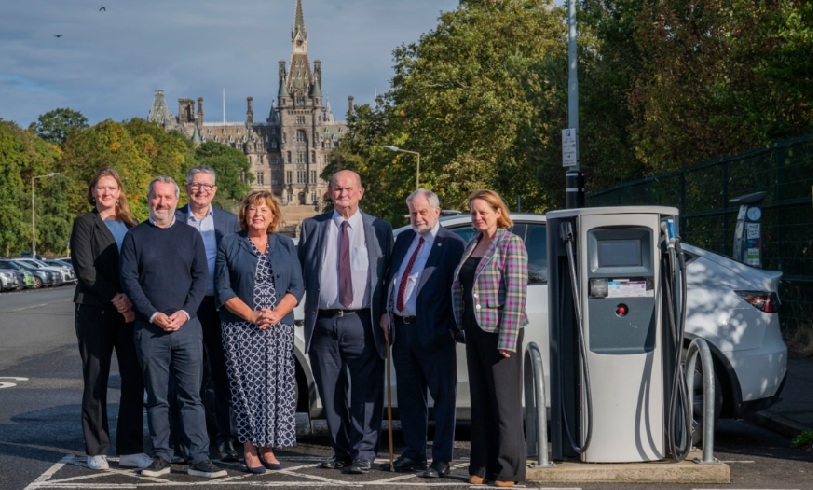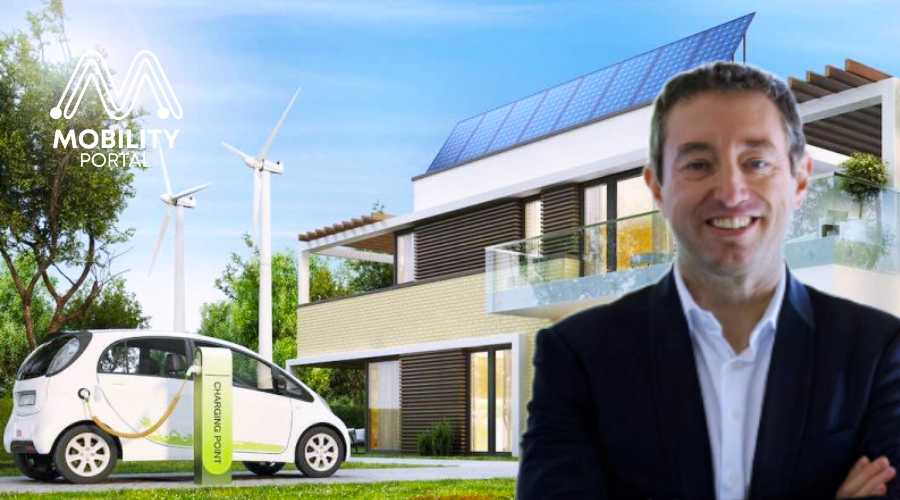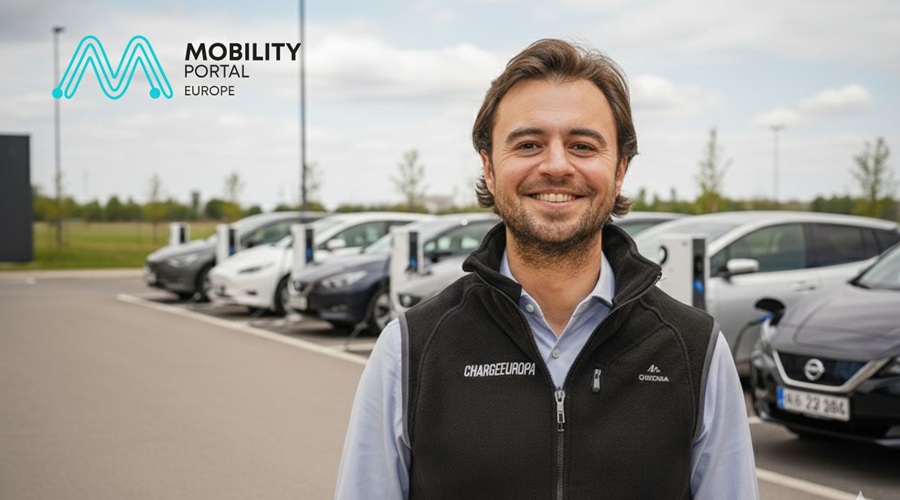The Scottish Government has awarded 6.3 million pounds to group of eight local authorities to improve public charging infrastructure for electric vehicles (EVs) in the south of Scotland.
The funding will support the installation of 1,770 additional public points across the region, with the councils working in partnership with the private sector.
The South of Scotland Electric Vehicle Infrastructure Fund project is being led by City of Edinburgh Council and includes Clackmannanshire, Dumfries & Galloway, Falkirk, Fife, Midlothian, Scottish Borders and West Lothian Councils.
This is the final award from the Scottish Government’s 30 million pounds Electric Vehicle Infrastructure Fund.
Scotland has one of the most comprehensive public charging networks in the United Kingdom (UK), with over 7,100 public charge points.
A target for 6,000 public charge points was met in October 2024, two years ahead of schedule.
Cabinet Secretary for Transport Fiona Hyslop says: “Our ambition to enable the delivery 24,000 additional public charge points by 2030 cannot be met without significant backing from the private sector.”
“The Electric Vehicle Infrastructure Fund was designed to encourage this investment, meaning public funding can be targeted for areas which are less likely to benefit from stand-alone private investment – this includes more rural parts of Scotland, some of which will be served by the south of Scotland project led by City of Edinburgh Council,” she adds.
Councillor Stephen Jenkinson, Transport and Environment Convener at Edinburgh Council, states: “This is a significant and positive development for Edinburgh and the South of Scotland. The strength of our regional partnership enables us to co-ordinate this project more effectively for the benefit of all.
He continues: “As the lead local authority for the partnership, we’re proud to be spearheading this process which will ensure consistent service standards, charging tariffs, and equitable access for communities across the South of Scotland.”
Councillor Jenny Linehan, Executive Member for Environment, Sustainability and Transport for Scottish Borders Council, indicates: “After 18 months of close collaboration with the seven Councils across the southeast of Scotland, I am pleased to announce the confirmation of funding from Transport Scotland to support the regional expansion of public electric vehicle charging infrastructure.”
She continues: “This investment marks a significant step forward for the Scottish Borders and the wider region, enabling us to deliver on our aspirations of an expanded EV charging network across rural areas which is both more accessible and sustainable.
“In addition, our regional partners have published the Public EV Expansion Plan, which sets out a clear and ambitious roadmap for equitable EV charging infrastructure development. This plan signals to the market our commitment to fostering both public and private sector investment in EV charging infrastructure through to 2030,” Linehan adds.
SEStran Partnership Director Brian Butler says: “We’re delighted to see these eight local authorities working together, supported by SEStran and building on the work of the Edinburgh and South East of Scotland City Region Deal.”
He continues: “This partnership approach helps support the move to a low carbon and sustainable economy by ensuring that in the coming years everyone across the whole region has access to electric vehicle charging, making it easier for people to make the switch from combustion engines to electric as part of a wider transition to more sustainable transport.”
READ MORE
-
¿Nuevo reto eMobility? “Los anillos de baja tensión no están preparados para soportar el nuevo modelo energético”
El CEO de Smart Wallboxes, Elis Álvarez, advierte sobre la falta de previsión e inversión en la red eléctrica ante el crecimiento acelerado del parque eléctrico. Aquí, un análisis de la mano e Mobility Portal.
-
Oliver Blume (VW) pide medidas “convincentes” para impulsar la transición a la movilidad eléctrica
Blume se ha mostrado optimista con la actual situación de la compañía y del sector de la automoción en Alemania y afirma que su grupo está preparado para transitar de la combustión a la electricidad.
-
Low profitability in charging, but with “cautious optimism”
The CEO of ChargeEuropa describes to Mobility Portal a “cautiously optimistic” market: the fleet is still small, but electric vehicle registrations are growing rapidly.










